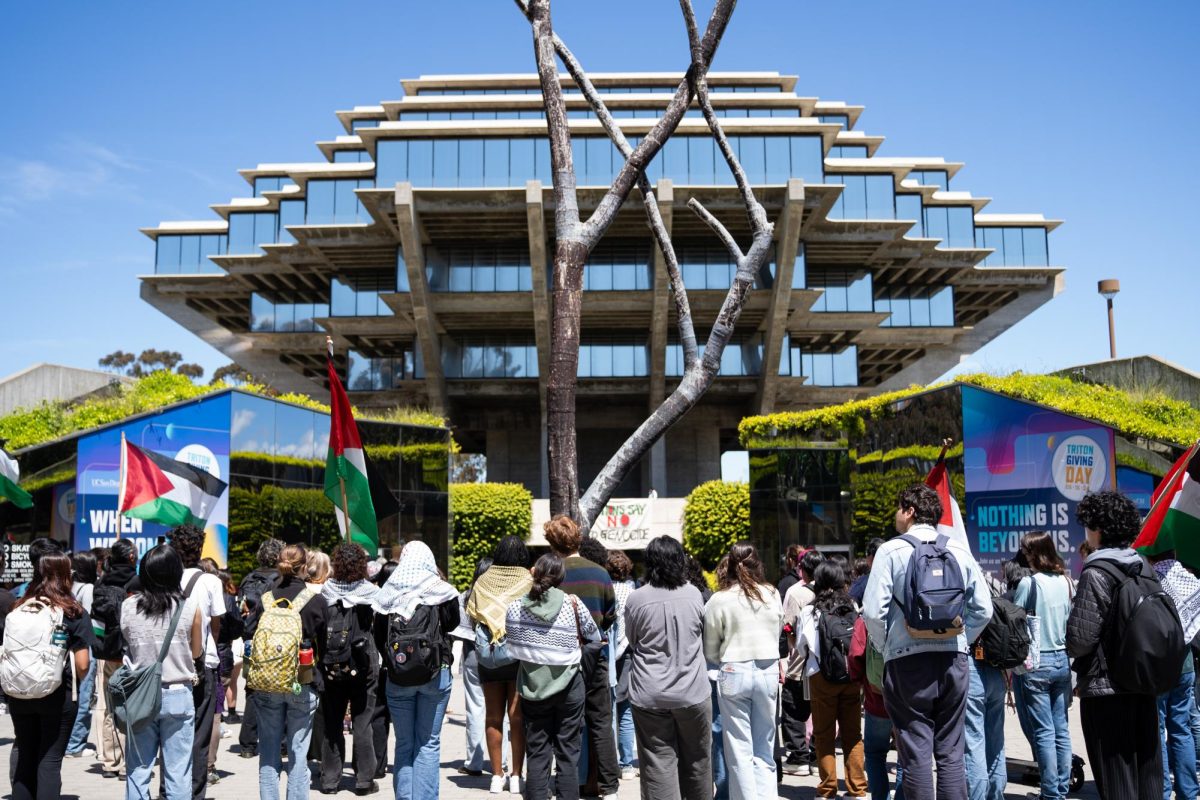In the wake of Gov. Arnold Schwarzenegger’s proposed budget
cuts, the UC Office of the President may see its spending slashed by 20 percent
and its employee numbers reduced by 23 percent, pending a budget
reconfiguration proposal presented by UC Provost and Executive Vice President
Wyatt R. Hume to the Board of Regents on March 19.
The budget proposal is part of the “UC-2025” plan — an
initiative that would prepare the UC system for its projected financial
situation through the year 2025.
Headquartered in
UCOP serves as the administrative center for the system’s 10 campuses, three
national labs and five medical centers. However, efficiency and financial
problems within UCOP have raised concerns among top university officials.
Hume and Executive Vice President Katherine N. Lapp
spearheaded the 2008-09 budget plan by establishing committees to determine
more efficient ways for UCOP to operate.
In total, the plan would save the university approximately
$53 million. Half of the savings would come from downsizing the number of
positions and cutting budgets within UCOP, affecting 404 full-time employees.
The rest would come from moving academic and public service departments within
the office onto campuses or other locations — departments housed within UCOP
that do not necessarily have to be there.
“Because there are services in the UC system that are not
campus specific, the default location became the office of the president,” UCOP
spokesman Paul Schwartz said. “Umbrella programs — that is, programs that are
systemwide — were originally parked here for that reason.”
One example of a systemwide initiative stationed at the
office of the president is the Continuing Education of the Bar Program, which
provides ongoing education for UC-trained lawyers.
Schwartz said the work groups focused two main questions
throughout the budget planning process.
“The work groups first asked, ‘What should remain here? What
is better located somewhere else?’” Schwartz said. “Secondly, they took what
departments remained within UCOP, and asked how these services could be more
clear and effective in UCOP.”
Hume established five work groups to execute this process.
The 2008-09 budget also offers a “Voluntary Separation
Program, for UCOP employees who would be laid off. The program would give
participating employees a severance check upon their resignation — financial
support that will not be given to involuntarily laid-off workers. Employees
were given until Jan. 31 to decide if they wished to participate in the
program.
With savings acquired from the VSP, in addition to remaining
unexpended funds, Hume predicted that savings would amount to roughly $56.7
million. With the UC system facing the grim possibility of enormous budget cuts
due to
deficit, Hume and Lapp’s proposal would relieve financial pressure during the
2008-09 academic year.
Though UCOP is designed to offer direct support to the UC
president, at times it currently extends itself into areas unrelated to direct
administrative support. These include research, instructional and service
departments that are nonadministrative in nature. In total, only about 350 of
UCOP’s 1,749 full-time employees are involved in direct support of the UC
president.
The budget plan for 2008-09 would trim unnecessary offices
using a “Vacancy Control Process,” which first removes vacant offices within
UCOP before cutting filled positions.
“Though we are trying to make the effect of the changes as
miniscule as possible, there is no doubt that the changes are dramatic, and
will inevitably affect a good amount of UCOP employees,” Schwartz said. “The
affected employees are promised notice as soon as possible, so that they may
begin searching for new career options.”
As of March 19, only 24 UCOP employees have been laid off.
Schwartz added that employees are being offered services to
aid them through the process, such as free resume advice and a career
development service.
UCOP employees are able to provide feedback about the
changes through e-mail, luncheons and town hall meetings established by the
steering committee overseeing the operation.







